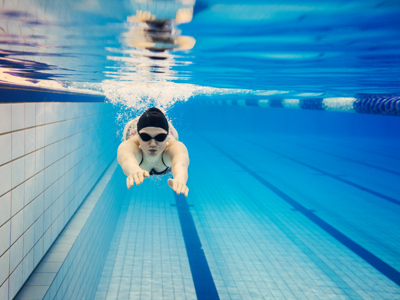
Quantitative Chemistry
This Chemistry quiz is called 'Quantitative Chemistry' and it has been written by teachers to help you if you are studying the subject at high school. Playing educational quizzes is a user-friendly way to learn if you are in the 9th or 10th grade - aged 14 to 16.
It costs only $12.50 per month to play this quiz and over 3,500 others that help you with your school work. You can subscribe on the page at Join Us
Quantitative chemistry is all about calculations using the mole as a unit. In math, you expect to be doing calculations but in chemistry it can come as a bit of a shock to the system! Many students panic at the mention of carrying out chemical calculations but, with a little understanding and knowledge of certain ideas and a few techniques, they can become a lot less worrying. Calculations are a good way of picking up marks in exams. Even when you don't get the answer right, you will always get credit for your working out - so always show how you arrived at your answer.
Ready for more?
not all...
quizzers. Try to win a coveted spot on our Hall of Fame Page.







